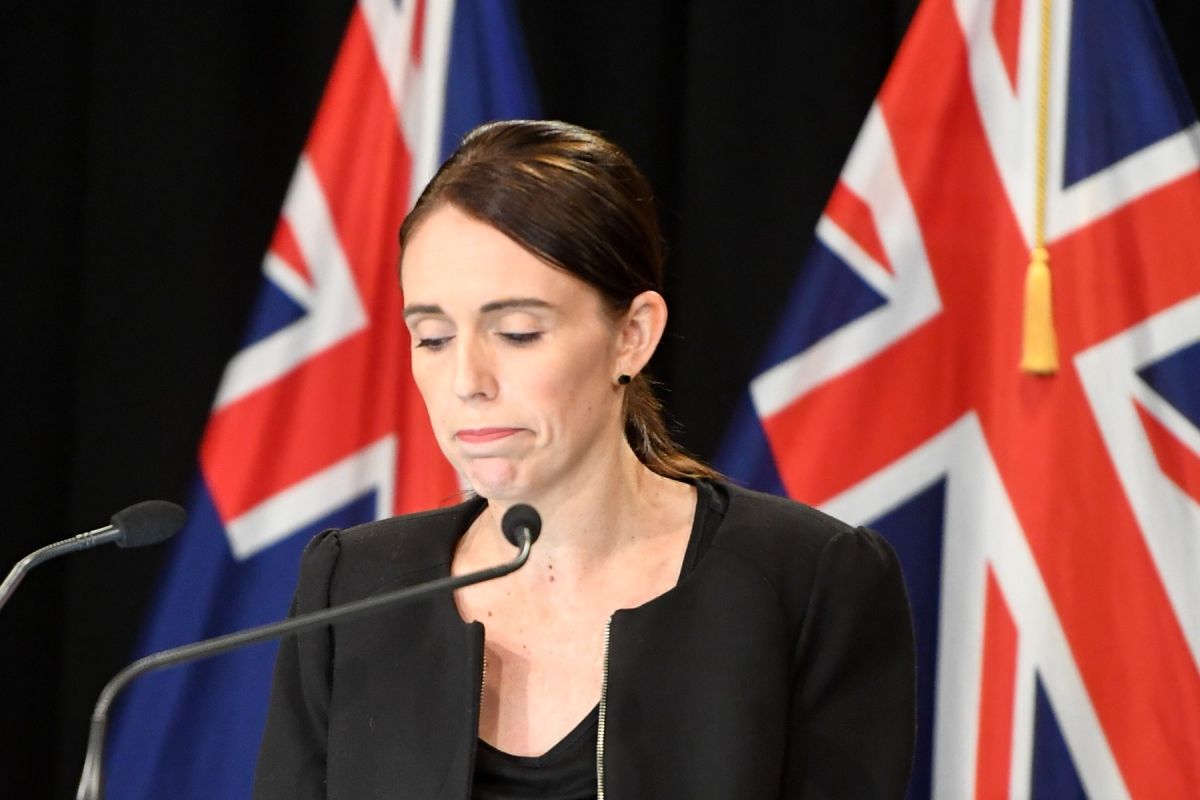South Korea to hold meeting of diplomatic missions next week
South Korea will open an annual meeting of its top envoys abroad next week with a focus on strengthening its diplomacy amid geopolitical challenges, the foreign ministry said on Thursday.
As an immediate consequence, and to the envy of those who had fared worse, as well as the applause of epidemiologists, these territories took the lead in lifting some of the crippling restrictions placed by the disease on the conduct of lives and livelihoods. But now, with new outbreaks being reported in each of these areas, restrictions are back.

New Zealand Prime Minister Jacinda Ardern (Photo: IANS)
In the first few months of the global coronavirus epidemic, a few countries and territories were credited with having done better than others in tackling the disease. Indeed, researchers found much to applaud in the containment models followed by South Korea, New Zealand and, in India,
the southern state of Kerala.
As an immediate consequence, and to the envy of those who had fared worse, as well as the applause of epidemiologists, these territories took the lead in lifting some of the crippling restrictions placed by the disease on the conduct of lives and livelihoods. But now, with new outbreaks being reported in each of these areas, restrictions are back.
Two weeks ago, New Zealand Prime Minister, Jacinda Ardern, imposed a strict lockdown on the country’s largest city, Auckland, forcing businesses and schools to shut after a fresh outbreak of the disease. Now, she has announced an extension of the lockdown that was due to end this Wednesday.
Advertisement
South Korea, whose initial success with extensive testing and contract tracing was acclaimed globally, is confronting a fresh surge in cases ~ with triple digit additions for each of the past 10 days ~ with fresh restrictions that include closures of beaches, churches, night clubs, karaoke bars and computer gaming cafes. In addition, the size of gatherings has been severely curtailed and spectator presence at sporting events banned.
Closer home, Kerala has seen a resurgence of the disease with nearly 2,000 fresh infections being detected daily. Of course, the state, which had reported India’s first case and has nearly 60,000 cases now, has fared substantially better than other southern Indian states, with Tamil Nadu, Andhra Pradesh and Karnataka becoming causes for worry. But the increase in cases will certainly worry the state’s Health Minister, who was lauded by the United Nations just two months ago for her stellar efforts in containing the epidemic and “flattening the curve”.
Clearly, a jump from 12,000 cases (and 43 deaths) on 20 July to a month later when both the case load as well as number of deaths have jumped five-fold suggests the success story is coming apart at the seams.
Alone in the world, it is China that shows continued improvement in the situation. When Chinese cities, including Beijing, decided last week they had acquired such a grip on the epidemic as to make the wearing of masks optional, they sent out a powerful message, one that was confirmed by decisions to reopen tourist venues, movie theatres and gyms.
While the United States faces a recession, Europe sees fresh resurgence in cases and India gallops past the 3 million-mark, China which crossed a tally of 80,000 in early March still has only about 84,000 cases, five months later. Indeed, more than an investigation into the origins of the virus in Wuhan, the world and its primary health organisation would do well to investigate how China achieved this eye-popping miracle without doing much that is different in terms of containment or testing from many countries around the world.
Advertisement